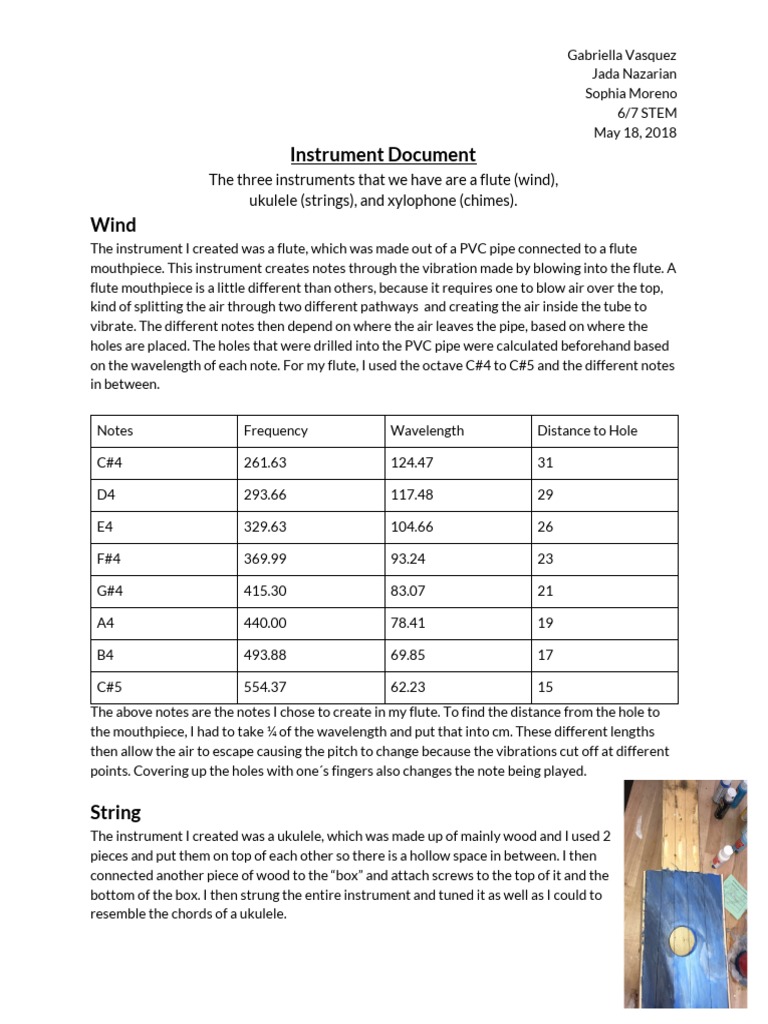In the realm of music theory and string instruments, the confluence of creativity and technicality often results in the emergence of an essential artifact known as the instrument design document (IDD). What exactly is this document, and why does it hold profound significance in the pursuit of crafting an innovative musical instrument? The question is spirited and abstract, with the potential challenge lying in the variegated interpretations across different disciplines. By exploring this topic, we can unearth the multifaceted dimensions of an instrument design document.
To commence, it is imperative to delineate what constitutes an instrument design document. At its core, the IDD serves as a comprehensive blueprint or schematic that encapsulates the specifications, functionalities, and aesthetic considerations of an instrument. This document is not merely a collection of arbitrary notes or sketches; rather, it is a structured exposition that allows creators, manufacturers, and musicians to dissect and comprehend the design’s intricacies. Like the architecture that supports a magnificent edifice, the IDD underpins the iterative process of instrument creation.
One might ponder: how does the artistic vision of a musician marry with the scientific principles of acoustics in this document? This is where the interplay between art and science comes into play. A proficient IDD incorporates sound theory, material choices, ergonomics, and user experience into its design philosophy. The challenge, therefore, lies in harmonizing these diverse components to yield an instrument that not only excels in sonic quality but also resonates with the performer.
The inaugural section of an instrument design document typically encompasses the conceptual framework, where the vision is articulated. This can take the form of theoretical sketches or detailed descriptions, providing a narrative that is as engaging as it is informative. Such a narrative might outline the desired timbre, tonal range, and stylistic influences that shape the instrument, creating a tapestry of ideas that serve as a manifesto for the design journey.
Transitioning from the conceptual to the practical, the IDD should expound upon the functional specifications of the instrument. Here, one may enumerate technical details such as dimensions, weight distributions, and material properties. Each choice bears significance; for instance, the selection of wood type may alter the resonance qualities and timbre potential. The document must, therefore, become a meticulous record of such decisions, underscoring the cause-and-effect relationship inherent in material science.
Inextricably linked to the functional specifications is the acoustic modeling section of the IDD. This segment involves a mathematical and acoustic analysis designed to elucidate how the instrument will produce sound. The challenge here becomes clear: while creativity fuels the design, the physics of sound must dictate feasibility. By utilizing principles from wave theory and resonance, designers can forecast the instrument’s acoustical performance, ensuring that the final creation aligns with its intended sonic characteristics.
Additionally, an exemplary IDD will address ergonomic considerations and user interaction. How will the physical form facilitate the musician’s performance? The ergonomics of an instrument directly influence playability, and thus, the document must include assessments of how various shapes and sizes impact usability. This segment is vital to creating a seamless relationship between the musician and their instrument, leading to a fluid performance experience. For example, the placement of fingerboards, neck angles, and body contours needs careful contemplation to bolster both accessibility and comfort.
Once the acoustic principles and ergonomics are understood, attention must turn to aesthetic design. The instrumental document should incorporate visual representations through diagrams, renderings, and even color palettes. Herein lies the dichotomy between form and function. The design’s aesthetic must not only reflect the creator’s vision but also appeal to the emotional sensibilities of the performer and the audience. Attention to detail in the finish, embellishments, and overall visual identity plays a pivotal role in establishing a connection with the instrument.
The iterative process is an overarching theme within the instrument design document, necessitating the inclusion of prototypes and testing results. Documenting experimental iterations illustrates the evolution of the design, highlighting the modifications made in response to acoustic feedback or ergonomic trials. This aspect of the IDD quintessentially embodies the scientific method, reinforcing the notion that robust design often requires a willingness to adapt and refine based on empirical evidence.
Moreover, with the advancement of digital technology, some IDDs now integrate computer-aided design (CAD) and simulation tools that allow designers to visualize their instruments in a virtual space. This modern approach not only accelerates the prototyping phase but also enhances communication across diverse teams, ensuring that everyone from engineers to artists can align their perspectives towards a common goal.
In conclusion, the instrument design document stands as a testament to the intricate dance between creativity, technical prowess, and practical functionality in the world of music. A proficient IDD serves as the cornerstone for successful instrument development, marrying artistic aspirations with scientific rigor. Nevertheless, the challenges inherent in crafting such a document are manifold, presenting designers with a formidable yet exhilarating endeavor. Ultimately, the IDD not only charts the journey of an instrument’s conception but also encapsulates the harmonious convergence of musicality and engineering.










